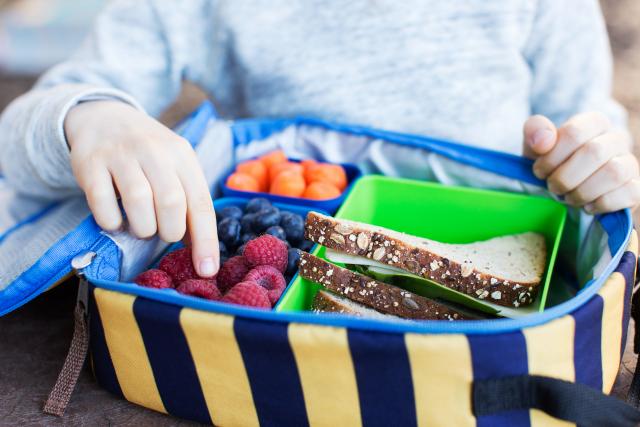
Recent research conducted by Deakin University’s Institute for Physical Activity and Nutrition (IPAN) and School of Exercise and Nutrition Sciences (SENS) has revealed some interesting information about kids and their lunchtimes.
Most primary-aged kids, including those in Maribyrnong and Hobsons Bay, only receive around 10 minutes to eat their lunch at school, despite the fact that many parents and teachers agree that this is not enough time.
The Deakin University study showed that most parents believed children needed at least 15 minutes to each their lunch before being permitted to go outside to play.
“Our research found that some parents also believe that limiting eating times influences the types of food their children wanted to take for lunch,” says Dr Melissa Burton from SENS.
“For example, with less time to eat, children are more likely to prioritise the most appealing foods in their lunchbox, such as the treats, which are often nutrient poor,” she says.
“These findings not only have implications for children’s health but also their ability to learn, as research tells us that good nutrition is necessary to help children thrive academically.”
Dr Claire Margerison from IPAN said that though research revealed parents reporting their children would be more likely to finish the contents of their lunch box with more time, there are mixed views on whose responsibility it is to encourage healthy eating, among other things.
“About half of the parents and teachers surveyed said only parents and children should choose what food they eat at school, while one quarter of parents and one third of teachers believed that schools should have a responsibility to monitor food brought from home,” says Dr Margerison.
“Criticising individual children’s lunchboxes was generally viewed as inappropriate among both parents and teachers,” she says.
However, the study also showed that parents were open to general suggestions and feedback about the contents of kids’ lunchboxes.
“Many parents thought teachers should eat their own lunch with the children, believing this would be a good opportunity to role model healthy eating to children,” says Dr Margerison.
This sentiment wasn’t as popular with teachers as it was with parents.
“Children spend so much of their time at school, the lines between what is the parent’s responsibility and what is the teacher’s responsibility is often blurred, and these research findings certainly highlight some of those grey areas,” Dr Margerison says.
The study clearly shows that giving children an extra five minutes to eat their lunch will be beneficial and has the potential to increase children’s ability to focus and learn.
“How we find that extra five minutes is what we want to look at next,” says Dr Margerison.
“Do we take it from play time or class time, or could we have an educational lunch and teach about nutrition at the same time?”






